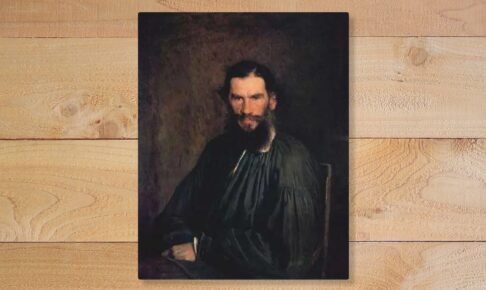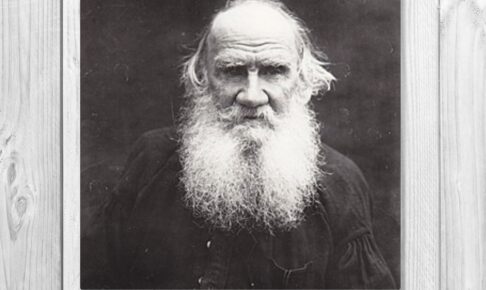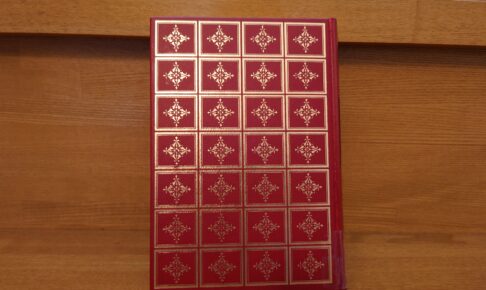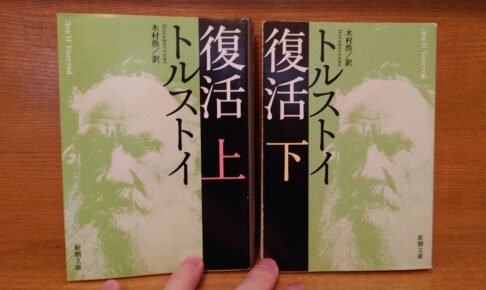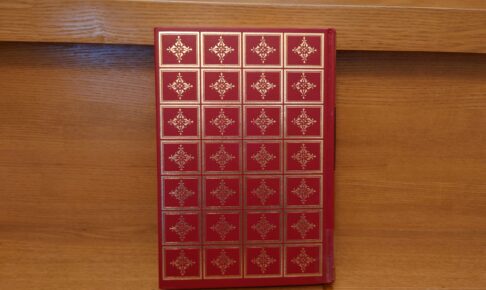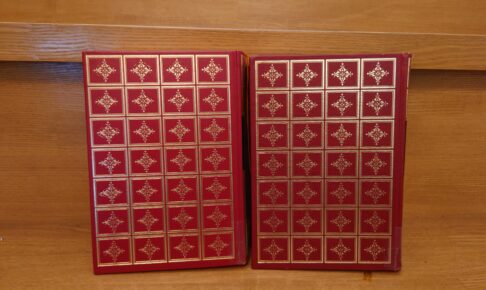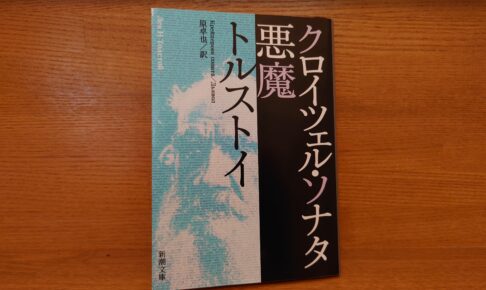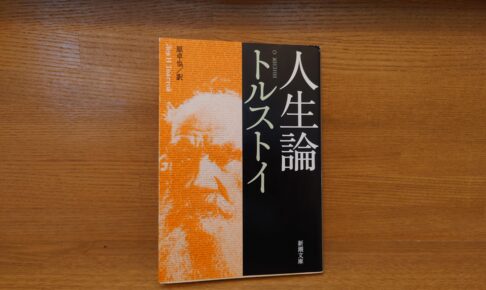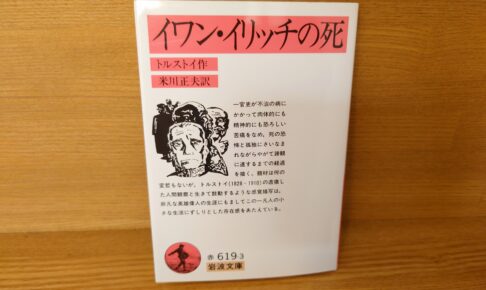Episode of the production of Kramskoy's "Portrait of Tolstoy" - This is how Tolstoy's piercing gaze was depicted!
The sharpness of Tolstoy's gaze in this portrait is astonishing.
Tolstoy is often associated with the white beard of his later years, but 1873, the year this portrait was painted, was Tolstoy's 45th year. 4 years earlier, he had completed the serialization of "War and Peace" and it was a huge hit. And in the same year, he wrote "Anna Karenina. In other words, it was a period when he was in full force as a writer. The sharp look in his eyes at that time is depicted in this portrait.
And interestingly, Tolstoy's encounter with Kramskoy also influenced the writing of Anna Karenina.











